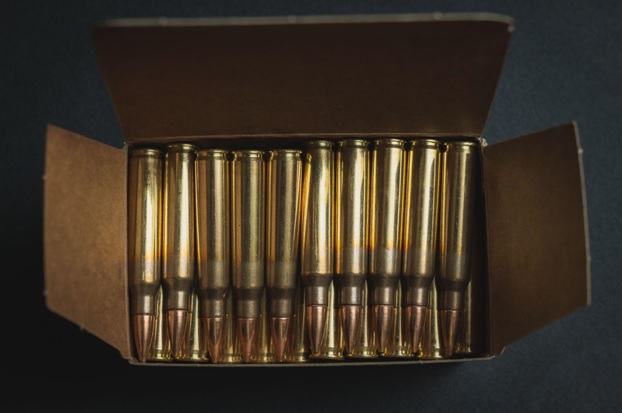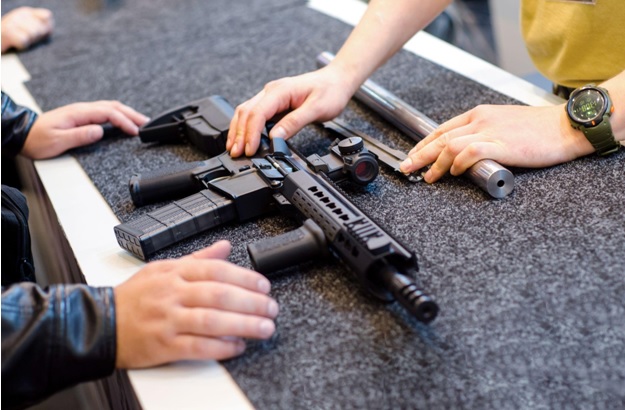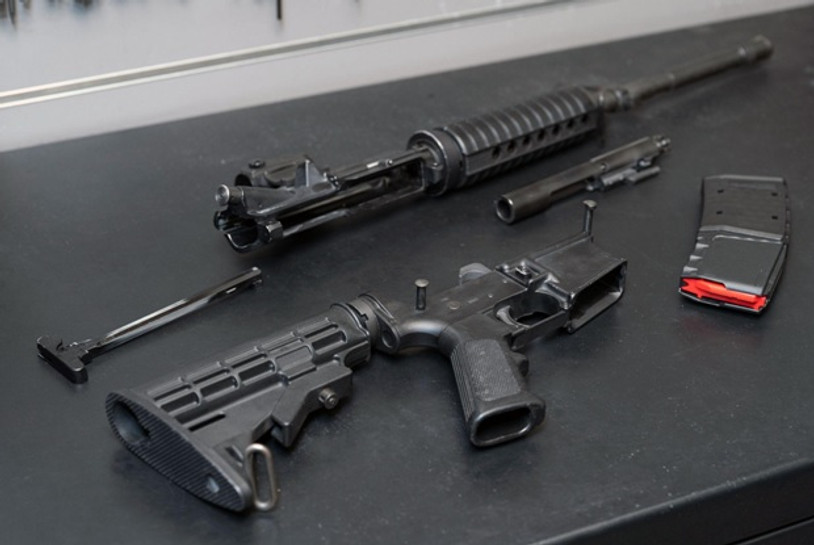The modularity of modern sporting rifles means a lot of things. One is that you can completely customize performance to your personal expectations, as well as to the needs of the shooting discipline you most frequently practice.
This also means that you can take recoil management into your hands, starting with the parts you use for the build. The great thing about most AR platforms is that there are also a lot of interchangeable parts - so if you’re thinking about building a light-recoiling rifle, here are the four parts to put in your crosshairs.
Start at the Source with a 556 Upper
The upper is the most important part to consider when you’re building a rifle with the aim of minimizing, even nearly eliminating recoil.
But it’s not the part itself. It’s really the cartridge you pair with it. Our advice here is this: start with a 556 upper. This is one of the lightest recoiling centerfire cartridge you can choose. It’s basically head and shoulders above other alternatives, and it isn’t even close.
Most 5.56 loads will generate between 2 and 4 ft-lbs of recoil energy. Compare that to what’s basically your next step up, .308 Winchester (or 7.62 NATO, if you will) and that bumps up to between 9 and 18 ft-lbs.
Now, here’s the thing. These are both really, really low recoil scores, but it’s still a big difference.
On top of that, building with a 556 upper means near universal compatibility and availability of parts, not to mention low cost and wide availability of ammo.
This also gives a 556 upper the edge over other light-recoiling rounds like .220 Swift and .22-.250 Remington simply because the 5.56 is cheaper, more widely available. There are other low-recoil centerfire rounds, but all in all, .223/5.56 probably takes the cake.
Unless you’re thinking about building a rimfire, a 5.56 upper should be looking pretty attractive right about now if your main goal is to reduce recoil.

Add a Muzzle Brake
After choosing an upper in a low-recoil caliber suitable for your purposes, the next thing you need to do is add a muzzle brake.
This is, after caliber selection, the single most important and impactful adjustment you can make to the build.
But let’s pause for a second. To add a muzzle brake, you will likely need a threaded barrel, so if you are buying a complete upper, make sure it comes with a barrel that either has a threaded barrel or a muzzle brake pre-installed.
Now, if you’re adding a muzzle brake yourself after the build, here’s what you need to know.
Like a flash hider, a muzzle brake is a muzzle device; the difference is the former’s purpose is concealment and the latter’s purpose is recoil mitigation.
All muzzle brakes operate according to what is basically the same fundamental principle. They change the way gasses are ported at the muzzle, so the force of recoil doesn’t trend right back through the rifle and into your shoulder.
In most instances, a muzzle brake can reduce felt recoil by as much as 50%, all without adversely affecting shot power at all.
What’s more, muzzle brakes don’t just counter felt recoil. They also help keep muzzle jump under control, enabling faster, more accurate follow up shots by allowing you to keep your sights trained on target more effectively.
The one caveat is this: muzzle brakes substantially increase muzzle pop, so if you install one, make sure you and your range mates have good hearing protection.

Up the Buffer Weight
Speaking of parts we can adjust in this rifle build, a big one to take a look at is the buffer weight.
A lot of AR-15 builders will go with an H1 or H2 buffer, either of which is generally suitable for most AR builds in 5.56, but there are other options out there.
Let’s back up a step. First, the buffer weight is a set of weights inside the buffer tube, against which the bolt carrier group has to press in order to cycle and reset the action.
Increasing the buffer tube weight increases the reciprocating mass of the rifle, which in turn lowers the overall felt recoil.
There’s just one thing, if you increase the mass too much, in some instances, it can prevent the bolt carrier from cycling, which can prevent ejection, jamming the rifle.
But, for builds with a 5.56 upper, an H1, H2, or even a heavier H3 buffer will probably be serviceable. Remember, with respect to recoil, the heavier the better.
Add a Recoil Pad
Last, and most low-tech on the list, is the potential addition of a recoil pad. LimbSaver offers a snap-on recoil pad, but other great options are our Skeletonized Recoil Pads, as well as these special stock systems.
These Omega Mil Spec Collapsible Stocks feature a built-in recoil pad that helps with recoil reduction.
Basically, a recoil pad is a soft, flexible pad that serves as a buffer between the stock and your shoulder. While it doesn’t reduce the actual free recoil of the rifle, it does help cushion the impact.
If you start the build with a 5.56 upper, add a muzzle brake, increase the buffer weight, and include a recoil pad or stock system like one of these, chances are by the time the build is complete, you’ll be shooting what’s basically a recoil-free system.
Start with a 556 Upper Here
Getting ready to start your build with a 556 upper and lower? Get them here. We sell complete assembled upper receivers in a wide range of popular calibers, as well as lowers, parts kits, and build kits.
We also sell sundry parts, including buffer tube kits, recoil pads, butt stocks, and muzzle devices, including brakes. Your next low-recoil build is just a few clicks away - make it happen today with a little help from MCS Gearup.

